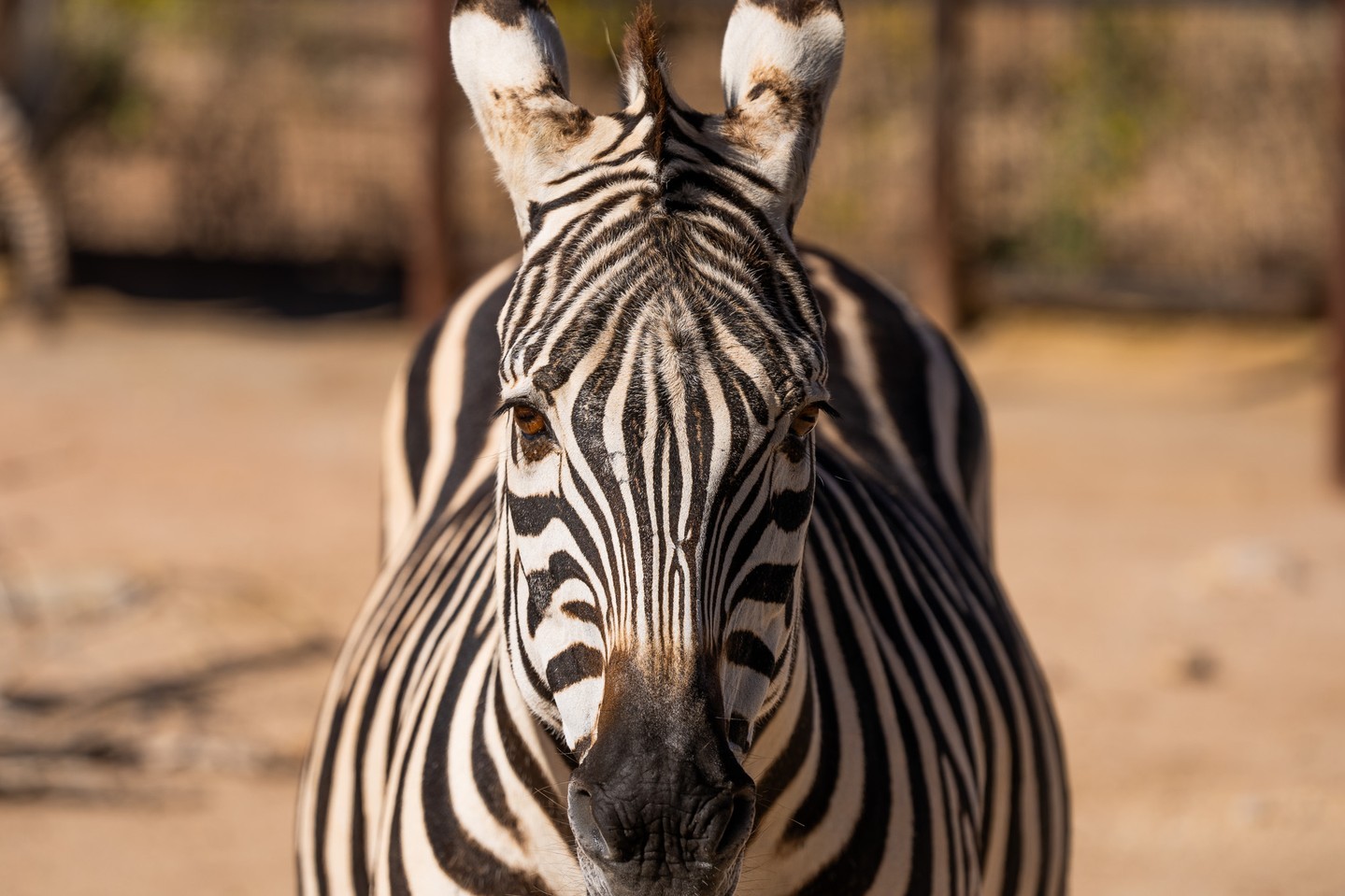- Examining the Diversity and Adaptability of the Animal Kingdom
- The Role of Zoos in Conservation and Education
- Core Principles of Wildlife Conservation and Sustainable Practices
- Future Challenges and Opportunities in Zoology and Conservation Efforts
- Encouraging Public Engagement and Awareness of Biodiversity
The animal kingdom is a tapestry of wonder, teeming with myriad forms of life that have evolved to survive and thrive across every environment on Earth. From the jungles teeming with life to the arid deserts where only the most resilient creatures endure, each species plays a pivotal role in the ecological balance. The incredible diversity and adaptability of animals speak volumes about nature’s ingenuity. Evolution has equipped species with a variety of traits enabling survival in diverse climates. For instance, the polar bear boasts a thick layer of blubber for insulation against the Arctic cold, while the camel’s ability to conserve water allows it to thrive in harsh desert conditions. This adaptability also manifests in animals’ behavioral strategies such as migration, hibernation, and social interactions within ecosystems. Understanding these diverse adaptations is crucial for conserving species under threat from habitat destruction and climate change. Modern zoology strives to decode these survival strategies to better protect our world’s biodiversity.
Zoos have transformed from mere exhibition spaces to powerful vanguards of conservation and education. They serve as crucial research facilities where scientists can study species up close, gathering valuable data on behavior, genetics, and health. By forming breeding programs, zoos contribute to the survival of endangered species. For example, the successful breeding of the giant panda has bolstered wild populations significantly. In addition to conservation, zoos play an essential role in education. By fostering a deeper understanding of wildlife among visitors, zoos inspire a commitment to protect these species. Educational programs focus on revealing the intricacies of ecosystems, the interconnectedness of species, and the anthropogenic threats they face. This dual mission is amplified through collaborations with conservation organizations globally, proving instrumental in habitat restoration and wildlife protection efforts.
Conservation efforts are grounded in key principles aimed at sustaining biodiversity and protecting ecosystems. Central to this is the recognition of human activities as significant drivers of habitat destruction, pollution, and climate change—leading causes of species endangerment. Conservation strategies often include habitat preservation, restoration projects, and the establishment of protected areas. Controversial yet sometimes necessary, controlled hunting and culling help regulate populations of certain species to maintain ecological balance. Another critical aspect involves community engagement, encouraging local populations to participate in and benefit from conservation endeavors. Conservationists also advocate for sustainable agricultural and industrial practices that reduce ecological footprints. This holistic approach ensures that biodiversity is not only preserved but flourishes for future generations.
The future of zoology and conservation is navigating both challenges and possibilities. Technological advancements offer innovative tools for studying and protecting wildlife. Drones and satellite imagery provide real-time data on animal migrations and habitat changes, aiding proactive conservation measures. Genetic studies open pathways to understanding evolutionary biology and disease susceptibility, offering insights for species preservation. However, funding remains a challenge, and there’s a growing need to balance conservation efforts with economic development. The push for more public engagement is crucial; fostering a sense of stewardship in the younger generation is especially vital as they will inherit the mission of conservation. Cultivating an appreciation for wild life through storytelling, science communication, and strategic partnerships can drive societal commitment towards sustainable living practices that support biodiversity.
Public engagement and awareness are crucial for the conservation of biodiversity, turning the abstract concept into a personal cause for many. Public campaigns, media involvement, and eco-tourism can raise awareness about wildlife issues. Enabling communities to experience the wonders of the animal kingdom fosters a connection that can inspire conservation action. Educational initiatives like wildlife documentaries, school programs, and citizen science projects empower individuals to contribute knowledgeably to conservation missions. Drawing attention to the intricacies of ecosystems and species interactions highlights the urgency of preserving them. By understanding the role each species plays within its environment, people become more conscious of the collective impact of human activities. Creating a global community united in the cause to protect wildlife can lead to actionable change, encouraging sustainable habits that benefit all living creatures.
In closing, the wild and wonderful world of animals is a profound reminder of the intricate connections within ecosystems and the essential role of conservation. As stewards of the Earth, the opportunity and responsibility to protect and preserve this diversity fall upon us all. Through education and dedicated action, humanity can strive to ensure that the vibrant tapestry of life continues to evolve, delighting future generations and maintaining the planet’s health.
*****
Source Description
From every corner of the animal kingdom, here’s to a wild and wonderful year ahead! 🎉


